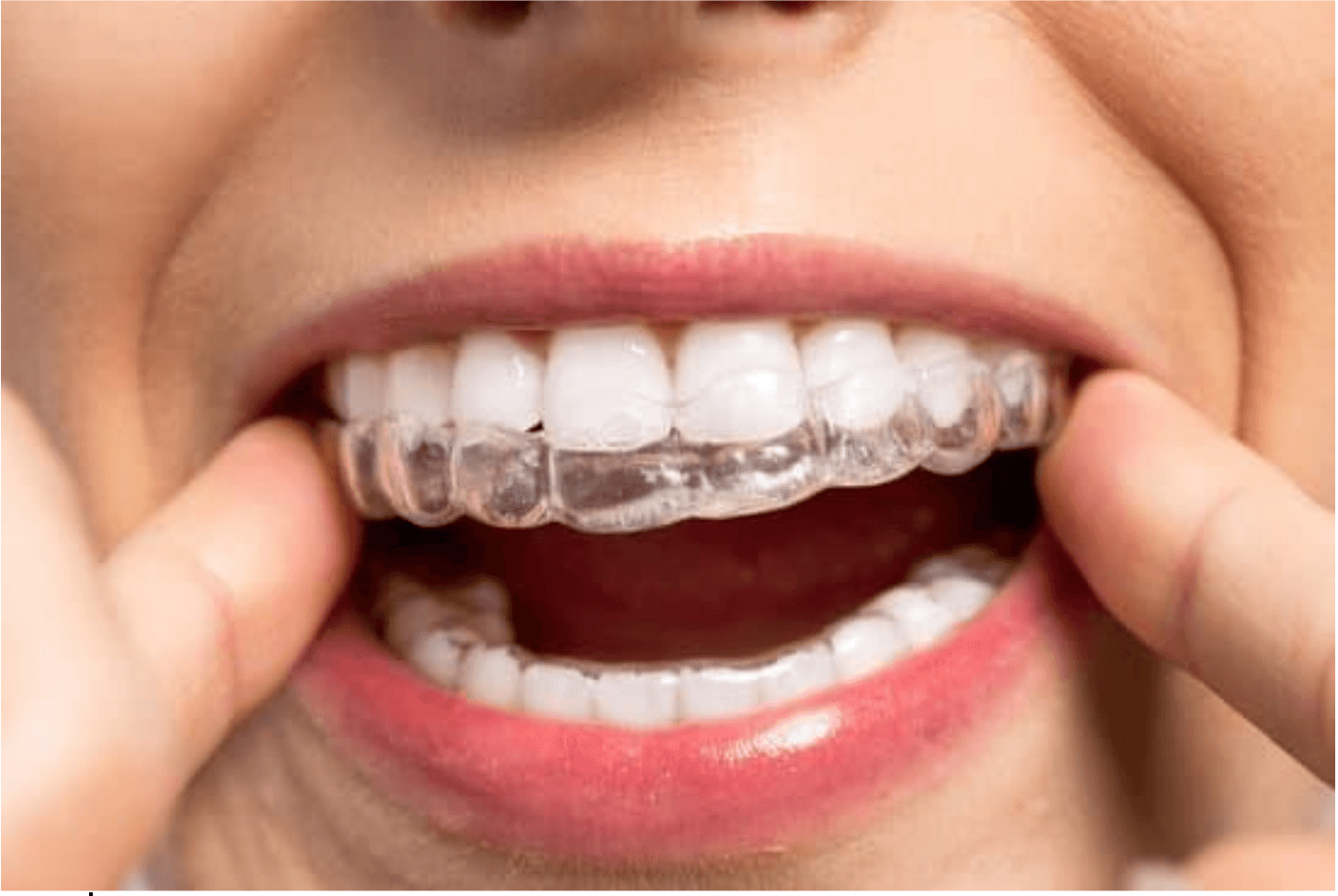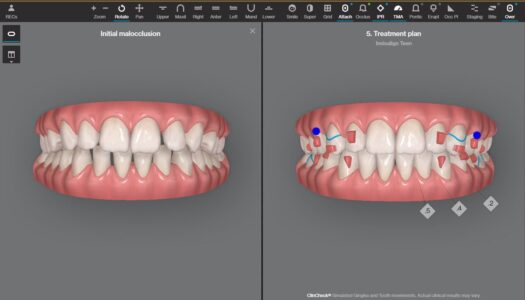Disadvantages of Braces over Clear Aligners
February 15, 2024

Embarking on the journey to a straighter smile often involves choosing between traditional braces and modern aligners. While both methods aim to achieve a beautifully aligned set of teeth, there are distinct differences that individuals should consider. In this blog, we’ll explore the disadvantages of traditional braces compared to the more contemporary option of aligners.
- Visibility:
One of the most noticeable drawbacks of traditional braces is their visibility. The prominent metal brackets and wires can impact an individual’s self-esteem, particularly for adults who may be conscious about their appearance during the treatment.
- Comfort:
Braces can be uncomfortable, causing irritation and soreness. The metal components may rub against the cheeks and lips, potentially leading to sores and ulcers, making day-to-day activities less pleasant.
- Oral Hygiene Challenges:
Cleaning around braces poses a significant challenge. The intricate structure of wires and brackets makes it harder to remove food particles, increasing the risk of plaque buildup, cavities, and gum issues.
- Dietary Restrictions:
Brace wearers must adhere to strict dietary restrictions. Sticky candies, hard nuts, and certain chewy foods are off-limits to prevent damage to the braces, limiting food choices during treatment
- Speech Impediments:
Adjusting to braces may result in temporary speech changes. Some individuals experience pronunciation issues or develop a lisp, impacting their confidence in social situations.
- Regular Adjustments:
Maintaining braces requires frequent visits to the orthodontist for adjustments, wire changes, and tightening. This regularity can be time-consuming and inconvenient, particularly for those with busy schedules.
7. Treatment Duration:
Braces often necessitate a longer treatment duration compared to aligners. The gradual adjustments required to shift teeth into the desired position extend the overall treatment timeline.
8. Mouth Injuries:
The presence of metal brackets and wires increases the risk of mouth injuries during physical activities or accidents. The components can poke or scratch the inside of the mouth, leading to discomfort.
9. Aesthetic Concerns:
Post-treatment, braces may leave behind discoloration or white spots on teeth due to challenges in cleaning around brackets. This can create aesthetic concerns and uneven tooth color.
10. Cost:
Braces come with a substantial cost, and additional expenses may arise for emergency repairs or replacements. The overall financial investment can be a factor for those considering orthodontic treatment.
In conclusion, while traditional braces have been a reliable method for straightening teeth, they do come with disadvantages. The metal brackets and wires can be unsightly and uncomfortable, and maintenance can be challenging. Clear aligners, such as mySmilist clear aligners, offer a more discreet and convenient alternative. They provide several advantages, including better oral hygiene, a wider range of food choices, and a more comfortable treatment experience. By considering the disadvantages and advantages of each treatment option, you can make an informed decision that meets your specific orthodontic needs and preferences.


